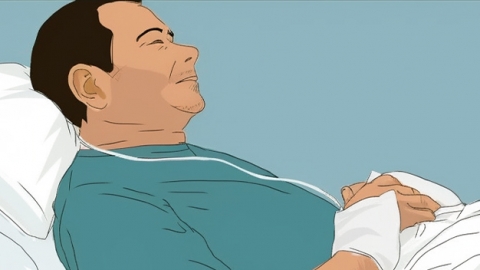What are the treatment methods for peritoneal dialysis catheter obstruction?
Treatment options for peritoneal dialysis catheter obstruction include manual repositioning, saline flushing, urokinase thrombolysis, catheter adjustment or replacement, and laparoscopic catheter clearance. The appropriate method should be selected by healthcare professionals based on the underlying cause; self-treatment should be avoided. If there is a significant decrease in drainage or abdominal pain, prompt medical attention is recommended.
1. Manual repositioning: Used for obstruction caused by catheter migration. Healthcare providers use abdominal palpation or ultrasound guidance to gently press and adjust the abdominal position, returning the displaced catheter to its proper location and restoring the dialysate drainage pathway.
2. Saline flushing: Suitable for mild obstructions such as small blood clots or fibrin plugs. A suitable amount of normal saline is slowly injected to flush out the blockage using fluid pressure. The procedure must be performed carefully to control the injection speed and avoid causing abdominal pain or catheter damage.

3. Urokinase thrombolysis: Used for obstructions caused by blood clots or fibrin clots. A solution of urokinase is injected into the catheter to dissolve the clot and restore patency. Patients should be monitored for adverse reactions such as bleeding after administration.
4. Catheter adjustment or replacement: When the catheter is severely kinked, damaged, or cannot be cleared, surgical intervention may be required to reposition or replace the catheter to ensure effective peritoneal dialysis. Postoperative wound care is essential.
5. Laparoscopic clearance: Used for complex obstructions caused by omental wrapping or adhesions. Under laparoscopic guidance, adhesions are separated and obstructing tissues are removed to directly clear the catheter. This minimally invasive approach allows for rapid recovery and effectively resolves mechanical obstructions.
During daily peritoneal dialysis, strict aseptic techniques must be followed. Regular checks of catheter fixation are necessary, and vigorous physical activity should be avoided to prevent catheter displacement. Any abnormalities in dialysate drainage should be promptly recorded to assist in future treatment decisions.




